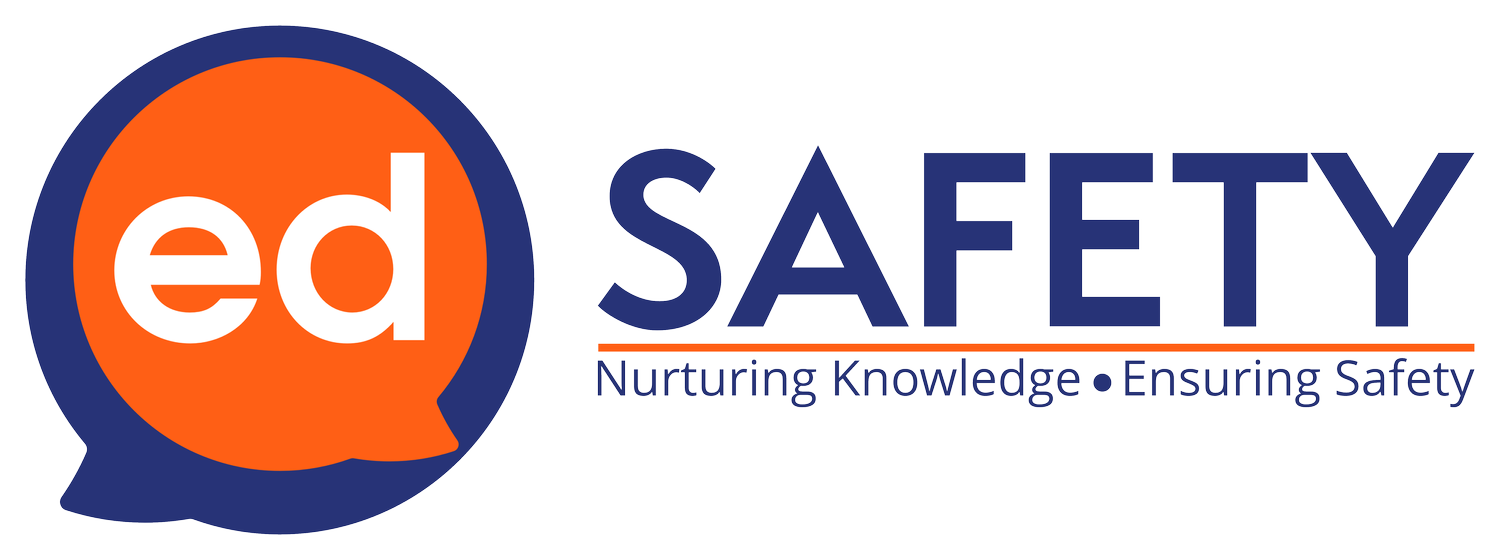The 26-30th June is World Wellbeing Week so we thought we would give you some ideas on how to improve yours and others wellbeing.
Let’s start by looking at the Five Ways to look after your Wellbeing.
· Connecting with others
· Giving to others
· Learning
· Being active
· Take notice.
· Connecting with others – Connect with your friends and/or colleagues by going for a walk, going for a coffee, or something you both enjoy and having a good chat. This helps improve your social and emotional wellbeing.
· Giving to others- Give something to a friend such as a mug, sweets, a plant or even a poem.
· Keep learning- Have you always wanted to try something but been putting it off? Well now is the time to start trying your new hobby and expanding your horizons. You could try something like mindfulness colouring to help with grounding techniques.
· Being active- Being active everyday has been proven to help improve your wellbeing physically and mentally. Do something you enjoy or try something new yoga is an excellent way to recharge your mind and body.
· Taking notice – Taking notice of your surroundings and your own feelings. Different tasks can give you different feelings so take note of this and reflect on how this affects your wellbeing.
Try to do a wellbeing activity every day if possible.
Daily self-care practice is a great way to improve your wellbeing by taking the time for yourself to do something you enjoy such as journaling, yoga, cooking, gardening, walking, or talking with a friend.
Talk to your family and friends about wellbeing. Starting a conversation about wellbeing is a great way to check on how they are doing and to talk about your own mental health. You can talk to your child about their feelings and help them to understand them. When talking to a child about emotions remember these points below:
· Create a safe space for children to open up.
· Be open and honest.
· Give them time.
· Reassure them that you are always there for them no matter what.
· Spend time together having fun.
Let’s improve wellbeing this week for yourself and others. Let us know what you get up to and how it works out.
To find out more about our Mental Health Courses please visit:




